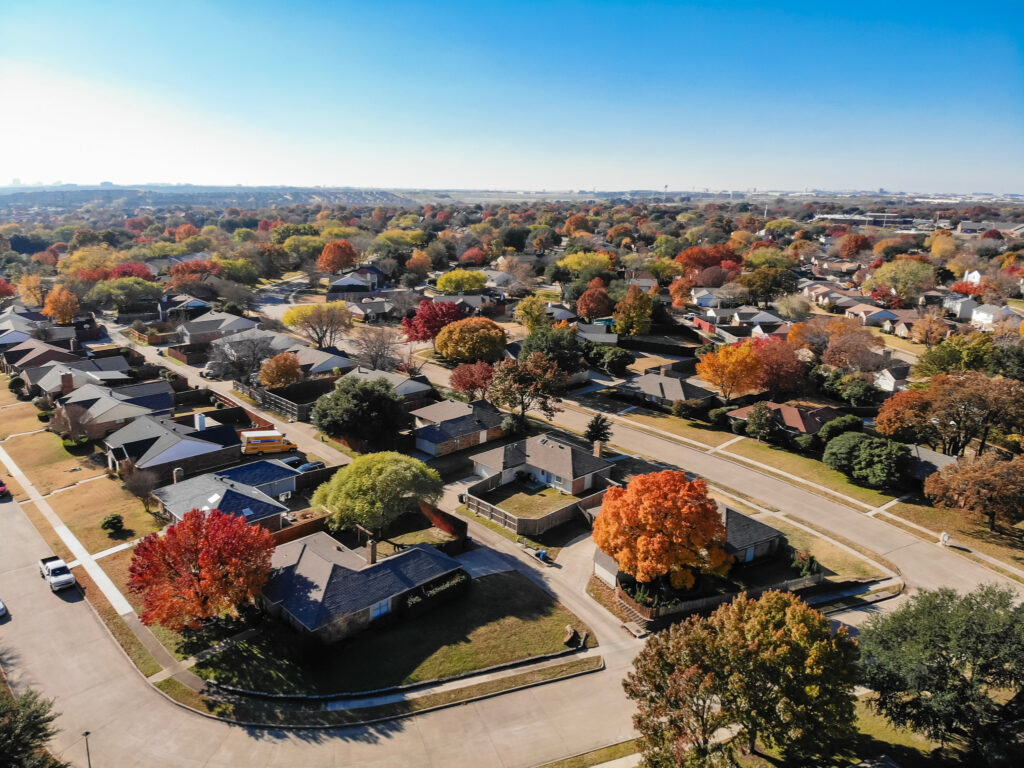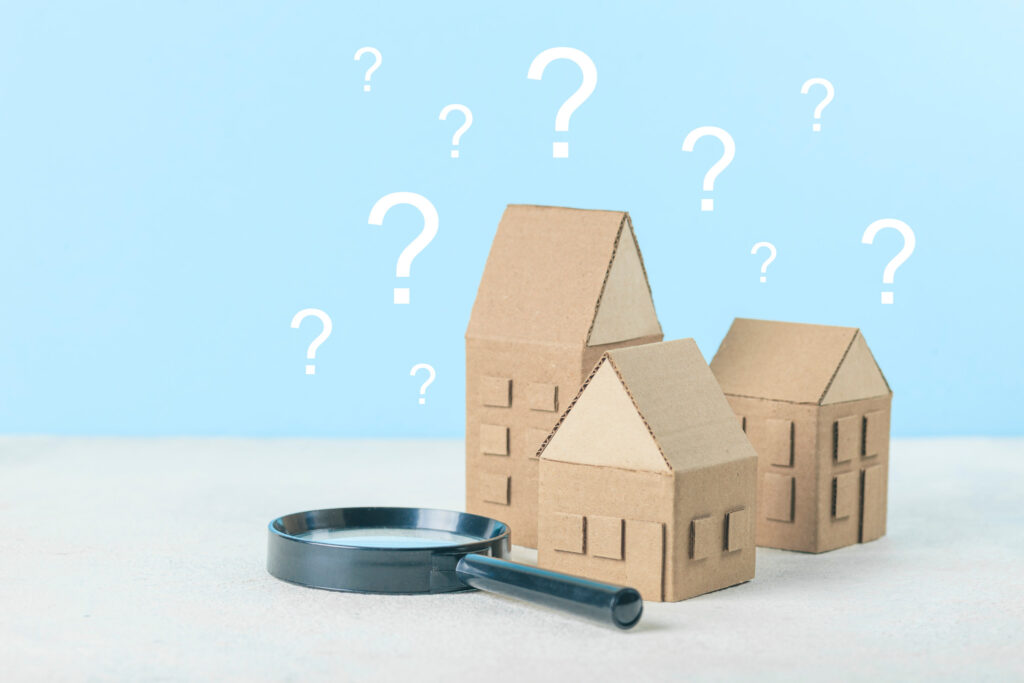The School District Guide for Livonia Homebuyers
When searching for a new home, families often rank school districts as one of the top priorities. In Livonia, Michigan, this decision carries even more weight. With its central location in Wayne County, excellent community atmosphere, and strong academic reputation, Livonia has long been a destination for homebuyers seeking both convenience and quality education. This […]
The School District Guide for Livonia Homebuyers Read More »












